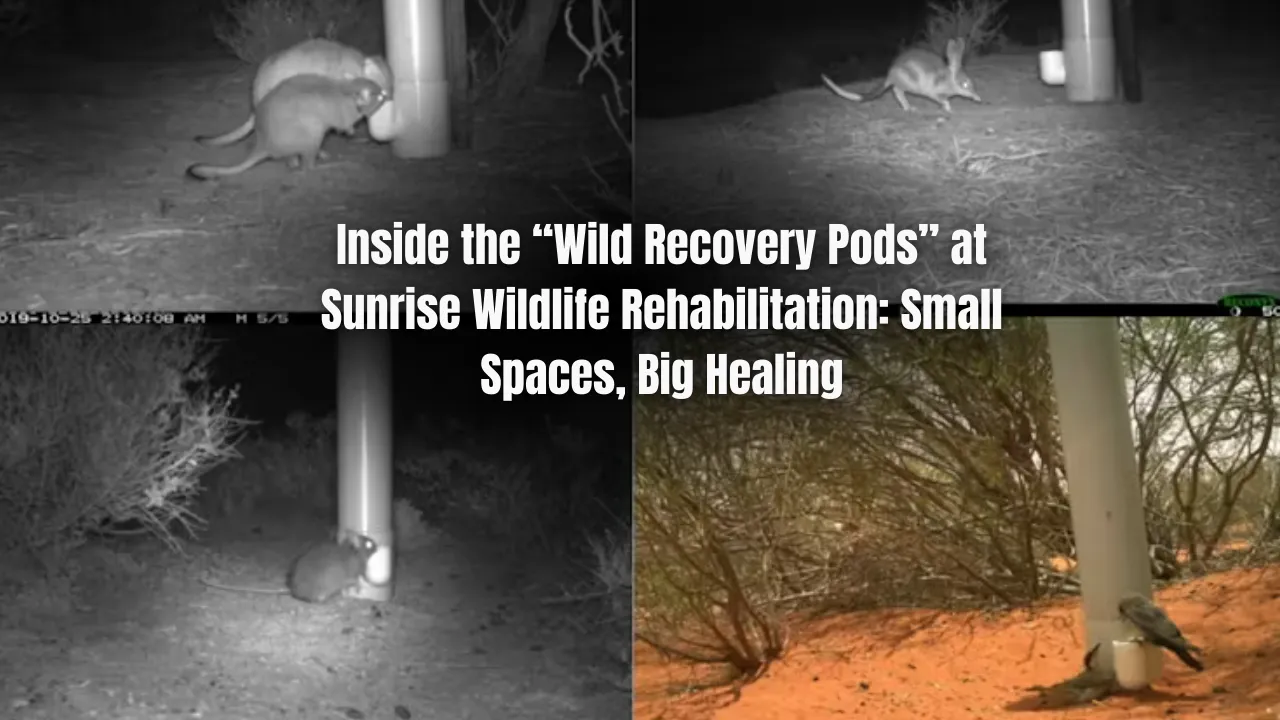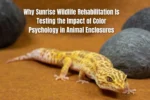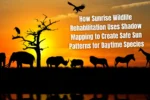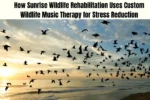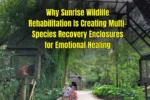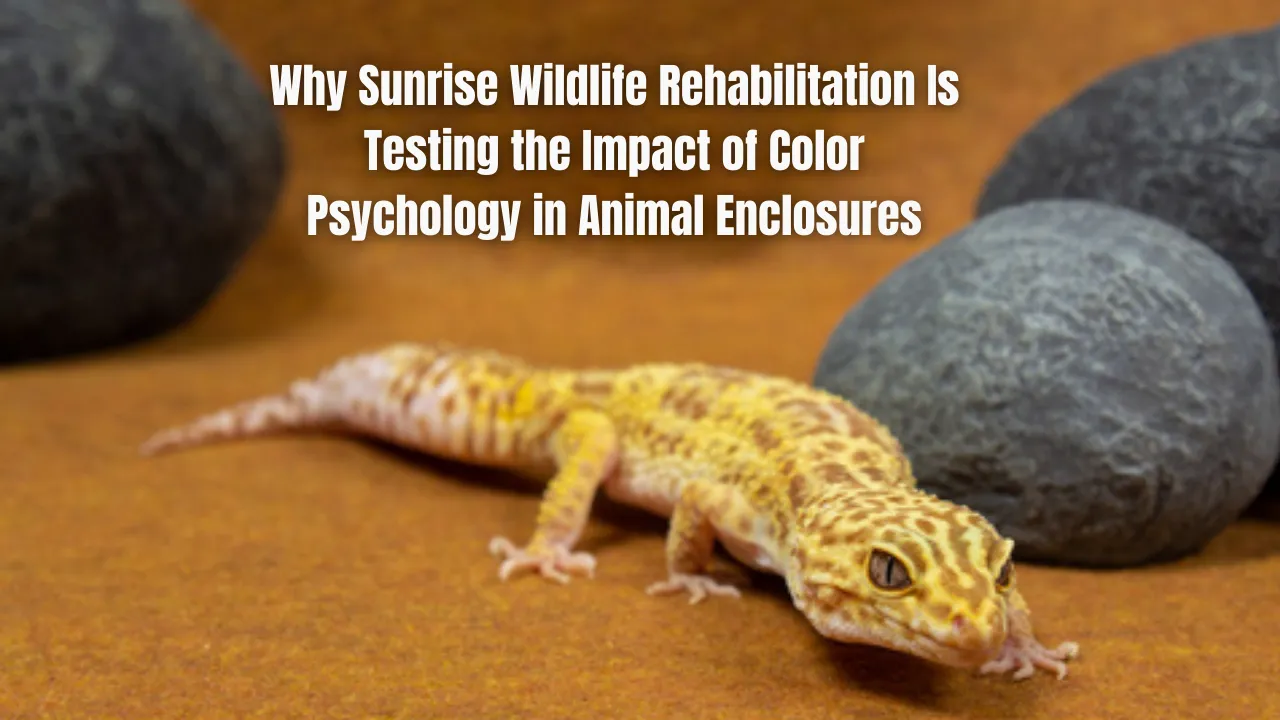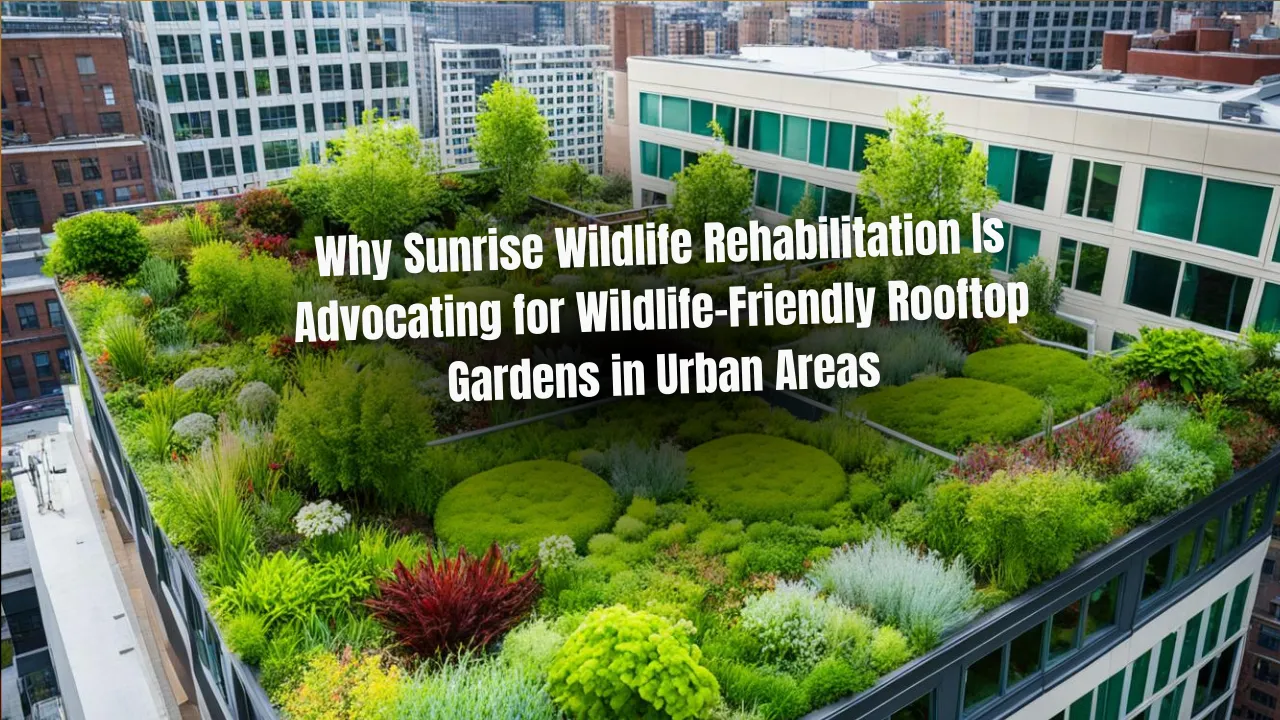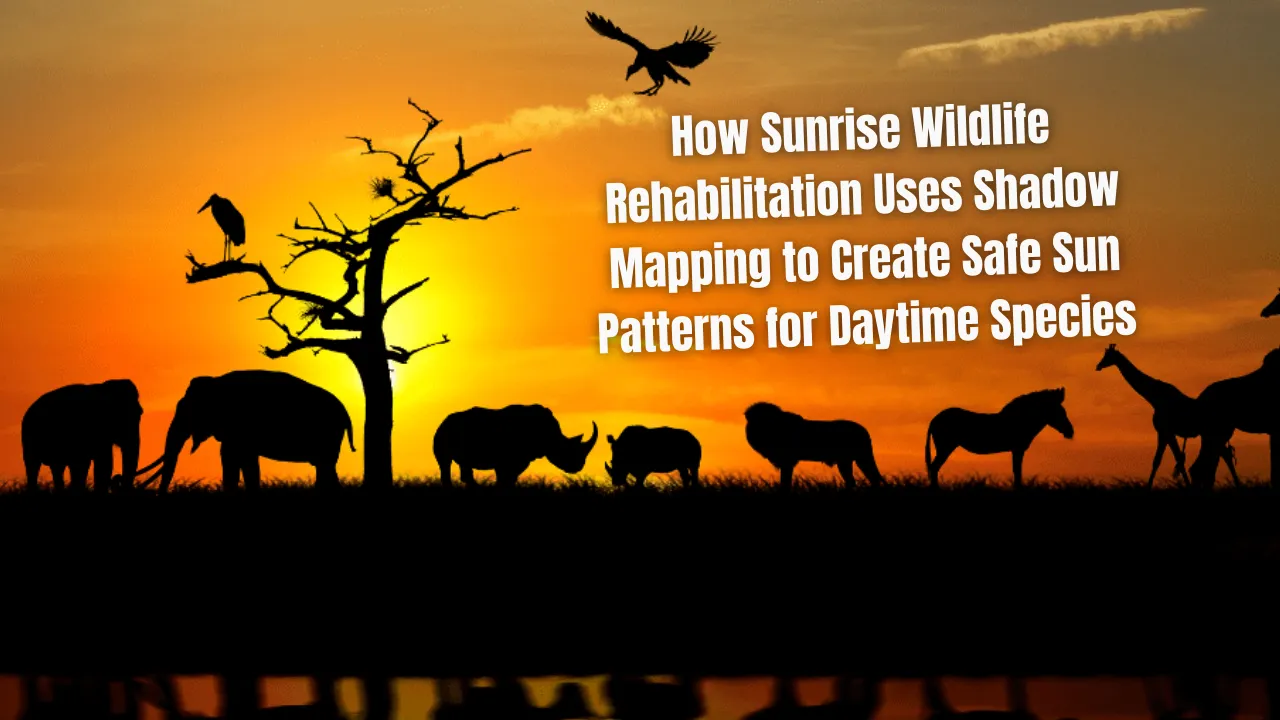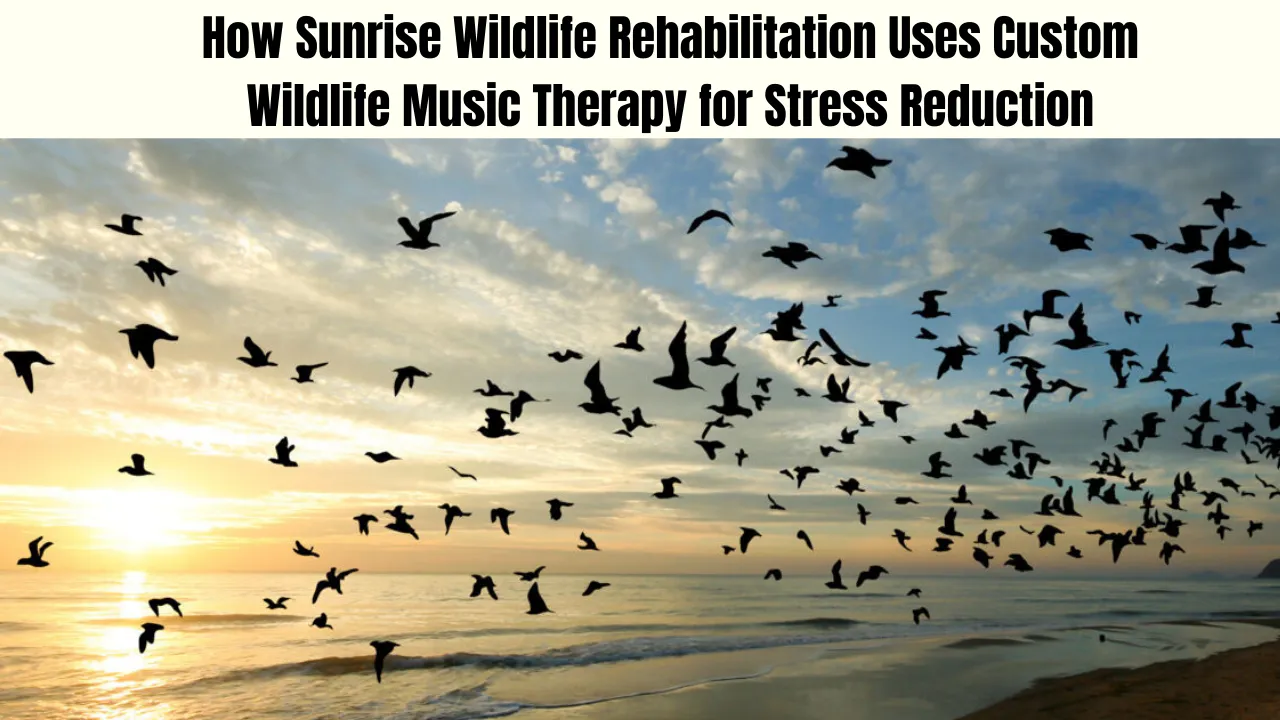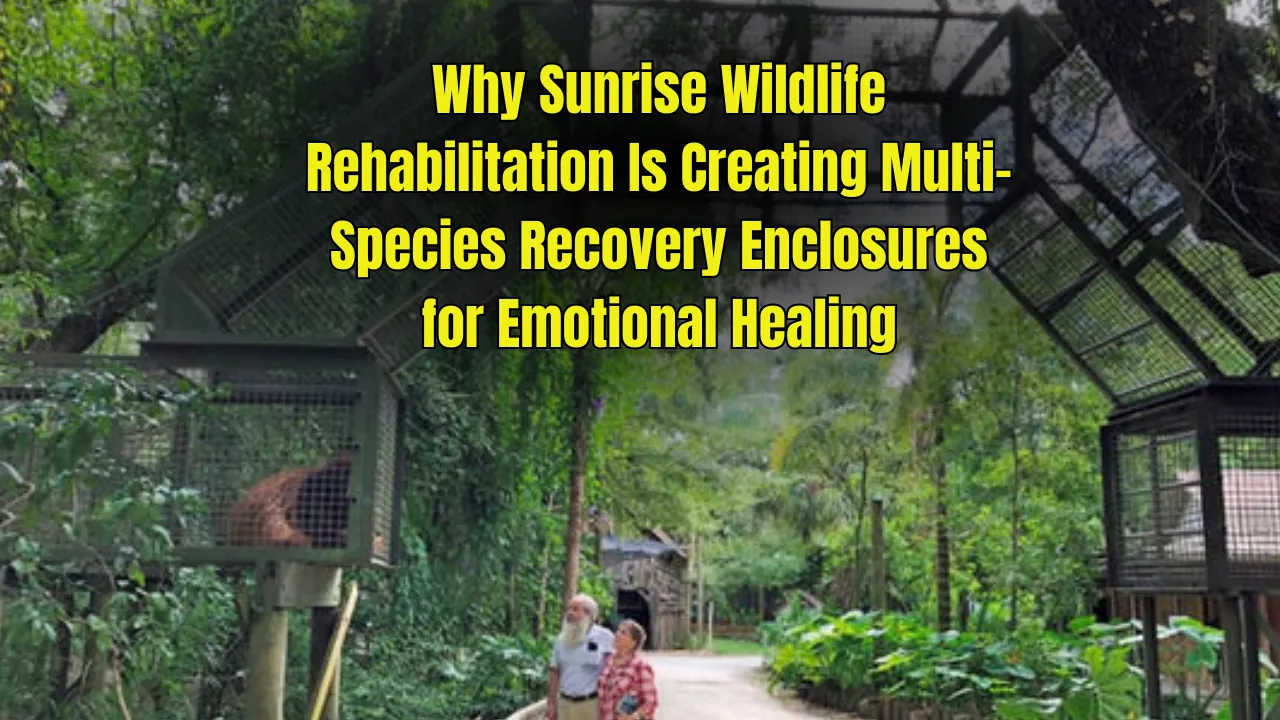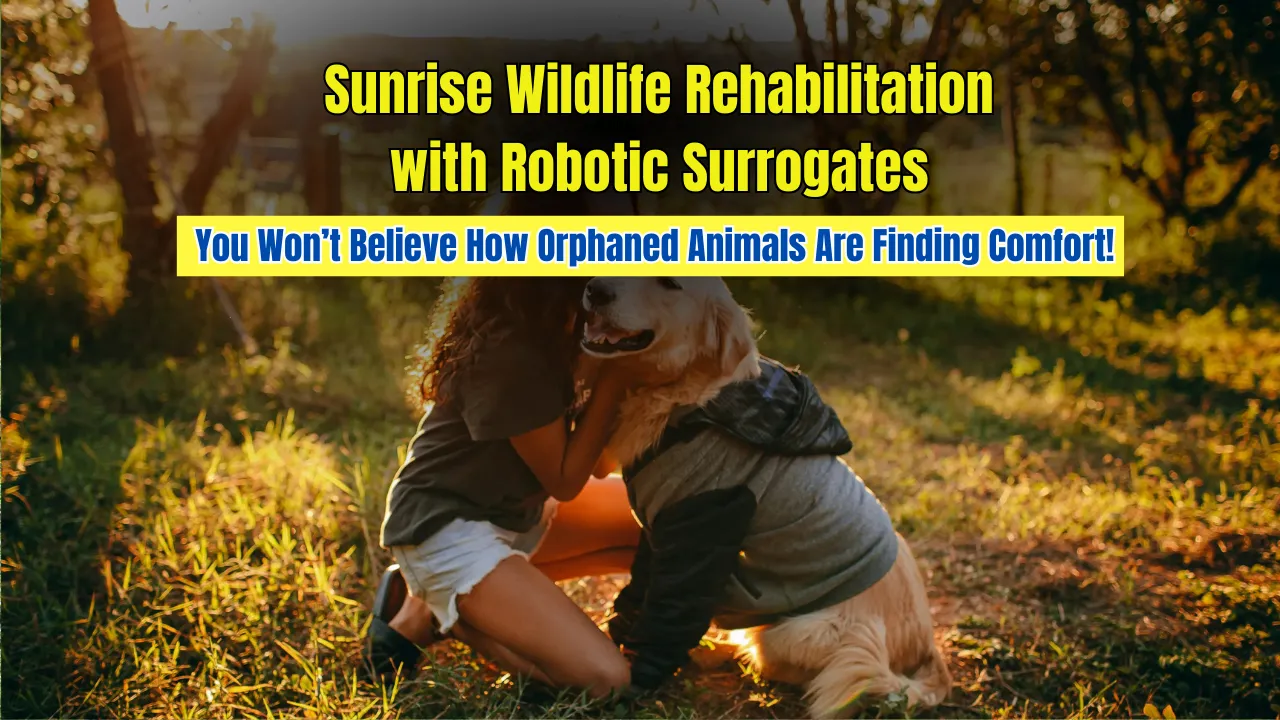Wild Recovery Pods are transforming the way injured wildlife is treated, offering a safe, quiet, and controlled space where healing is not only possible but remarkably effective. At Sunrise Wildlife Rehabilitation, these pods have become an essential part of animal recovery, proving that a small space—if designed with purpose—can make a major difference.
This article takes you deep into the design, purpose, and impact of Wild Recovery Pods used at Sunrise Wildlife Rehabilitation. You’ll discover how these compact recovery units work, the types of animals that benefit from them, and why this approach is gaining attention across the wildlife rescue and rehabilitation field. Whether you’re an animal lover or curious about innovative care methods, this insight will show you just how powerful a little space can be.
The Role of Wild Recovery Pods in Wildlife Rehabilitation
At the heart of modern wildlife rehabilitation, Wild Recovery Pods provide the ideal environment for recovery. These purpose-built units serve as transitional spaces that reduce external stressors and allow animals to heal in peace. At Sunrise Wildlife Rehabilitation, these pods are designed to simulate natural shelters like dens or nests, giving injured animals a sense of safety. Each pod includes temperature regulation, natural light, and noise-dampening materials to support both physical and emotional healing.
Small but efficient, these pods are revolutionizing animal care practices by addressing the unique needs of vulnerable species during recovery. They’re not simply enclosures—they’re critical tools in wildlife rescue strategies.
Overview Table: Key Features of Wild Recovery Pods
| Feature | Description |
| Size & Structure | Compact, insulated spaces designed for comfort and rest |
| Temperature Control | Keeps animals warm or cool as needed |
| Noise Reduction | Prevents external noise from causing stress |
| Species-Specific Design | Tailored for birds, mammals, or reptiles |
| Limited Human Interaction | Reduces exposure to humans to maintain natural behavior |
| Surveillance | Sensors and cameras allow for remote monitoring |
| Custom Interiors | Includes perches, bedding, or heat lamps as needed |
| Short-Term Housing | Ideal for animals in early stages of healing |
What Are Wild Recovery Pods?
Wild Recovery Pods are compact recovery spaces built specifically for the healing of sick, injured, or orphaned wild animals. Each pod is a self-contained environment carefully calibrated to support recovery in a low-stress, controlled setting. Designed at Sunrise Wildlife Rehabilitation in collaboration with wildlife veterinarians and behavioral experts, these pods reflect a deep understanding of both medical needs and natural instincts.
Unlike traditional cages or open enclosures, the pods create a calming space that mimics the animal’s natural environment. The interior is kept simple and quiet, often including a nesting area, perches for birds, or soft bedding for mammals. The key idea is to allow the body to rest while keeping stress to a minimum, which significantly improves survival rates.
Why Size Doesn’t Matter in Healing
In wildlife care, bigger isn’t always better. The compact size of Wild Recovery Pods is one of their greatest advantages. These small enclosures reduce the animal’s exposure to noise, light, and human activity—all of which can cause panic or prolong healing. For animals in shock, pain, or with broken limbs, less movement and more calm are essential.
Small spaces also offer a sense of protection. For example, a raccoon with head trauma won’t feel overwhelmed in a dim, padded pod. A baby owl, unable to fly yet, will feel safer on a low perch in a darkened corner. Everything about the size and shape of the pod supports recovery, especially in those crucial first days after injury or rescue.
Designed With Animal Comfort in Mind
Every detail in the Wild Recovery Pods is engineered for comfort and healing. Sunrise Wildlife Rehabilitation works closely with field experts to adapt each pod for specific species. A pod designed for a young fox will look very different from one meant for an injured hawk.
Here’s how they’re customized:
- Birds of prey: Perches at different heights, dim lighting, reduced visual stimulation.
- Small mammals: Nesting boxes, cozy bedding, soft fabrics for warmth.
- Reptiles: Heat mats or UV lamps for thermoregulation.
- Nocturnal animals: Lower light levels and sound insulation.
What they all share is a quiet, clean, and calming atmosphere, which is crucial for effective rehabilitation.
Technology and Care Come Together
While they may seem simple from the outside, Wild Recovery Pods incorporate advanced monitoring systems. Sunrise Wildlife Rehabilitation uses motion detectors, thermal sensors, and discreet cameras inside the pods. This tech allows caretakers to monitor behavior, rest patterns, and health changes in real-time—without opening the pod or disturbing the animal.
This system reduces unnecessary handling, which is especially valuable when working with high-stress or easily frightened animals. In some cases, sensors can alert staff to overheating, abnormal stillness, or signs of distress, allowing for timely interventions without sacrificing rest or security.
Benefits of Wild Recovery Pods
Wild Recovery Pods provide several unique advantages in wildlife rehabilitation that go beyond just shelter:
- Faster recovery periods due to reduced environmental stress
- Improved survival rates post-treatment
- Less handling, which leads to better outcomes
- Species-specific care based on pod design
- Adaptability for emergencies, rescues, and high-volume seasons
They are particularly effective for baby animals and those recovering from trauma, surgeries, or illness.
How Sunrise Wildlife Rehabilitation Uses the Pods
Sunrise Wildlife Rehabilitation has integrated Wild Recovery Pods into its everyday operations. When an animal is brought in, it’s examined and then assigned a pod that fits its specific recovery needs. The pod remains the animal’s home during the critical healing window, where it’s fed, monitored, and treated as needed.
Once the animal has regained strength or shown progress, it is transferred to a larger outdoor enclosure to begin re-acclimating to natural conditions before release. This step-by-step method ensures the animal gets the right care at the right time.
Real Stories from the Pods
One particularly memorable case involved a red-tailed hawk rescued after a car collision. It was placed in a custom pod with reduced lighting and padded perches to prevent wing strain. Within two weeks, its appetite returned, and its wing function improved dramatically.
Another case featured a litter of orphaned opossums, kept warm in a soft-lined pod with minimal noise. The consistent temperature and lack of human interaction allowed them to thrive and eventually be released back into the wild.
List: Animals That Benefit Most from Wild Recovery Pods
- Injured birds of prey
- Orphaned baby mammals
- Reptiles requiring heat regulation
- Small mammals recovering from surgery
- Nocturnal species like owls and bats
List: Features of Sunrise’s Wild Recovery Pods
- Temperature-controlled interiors
- Soundproof construction
- Low-light environments
- Species-specific furnishings
- Remote monitoring systems
FAQs
What are Wild Recovery Pods used for?
They’re used to help wildlife recover from injuries or trauma in a calm, controlled space, especially during the early stages of healing.
Do all animals need Wild Recovery Pods?
No. These pods are best for animals requiring close monitoring or minimal movement. Others are placed in larger spaces after initial recovery.
Can the pods be reused for different animals?
Yes, each pod is thoroughly sanitized and adapted before housing a new animal, making them reusable and cost-effective.
How long does an animal stay in a pod?
Anywhere from a few days to a few weeks, depending on the injury and response to care.
Are Wild Recovery Pods replacing traditional cages?
Not entirely. They’re used as an important supplement to traditional enclosures, especially for intensive care cases.
Conclusion
Wild Recovery Pods at Sunrise Wildlife Rehabilitation are a testament to how thoughtful design and compassionate care can completely reshape the healing journey for injured animals. They prove that with the right environment, even the most fragile creatures can find strength again.
These small pods symbolize something bigger—our evolving understanding of how animals experience stress, safety, and recovery. As more wildlife centers adopt this model, we can expect better outcomes and more successful returns to the wild.
If this story moved you, share it or leave a comment. Curious about more insights into animal care or nature’s healing power? Explore related content and see how you can support wildlife today.
